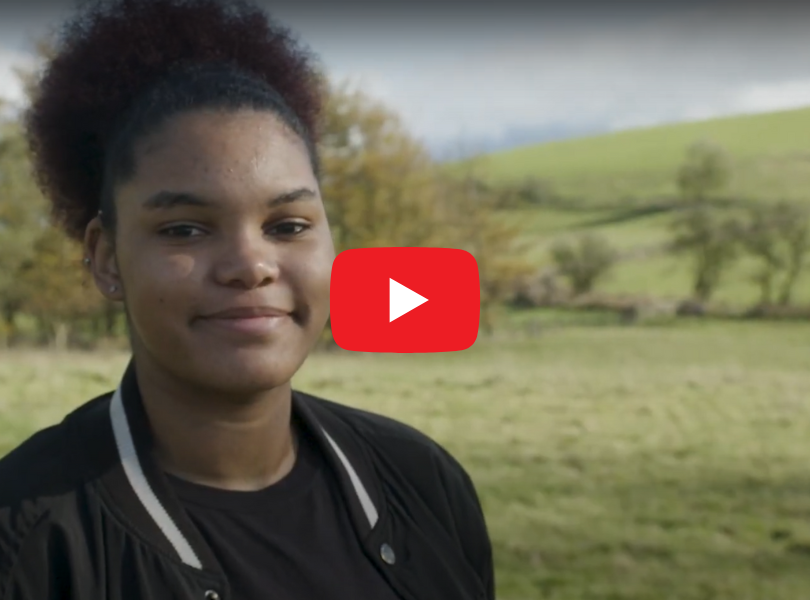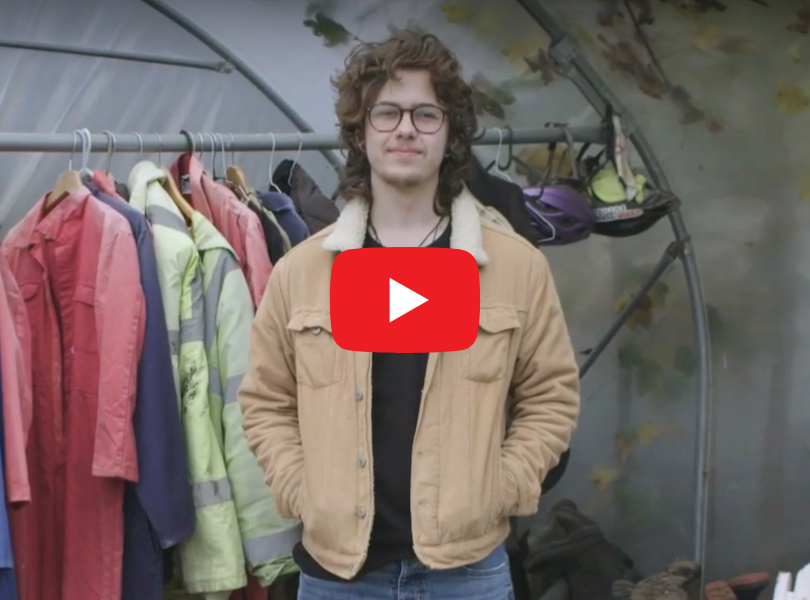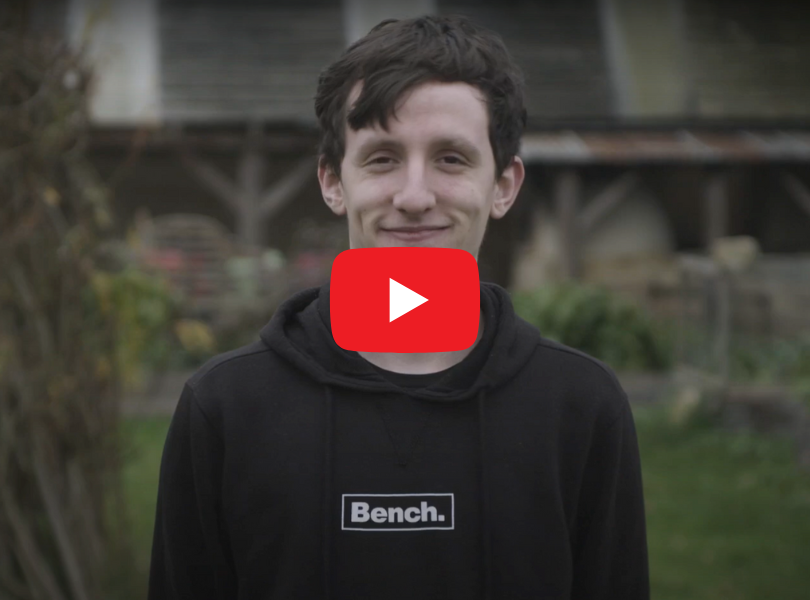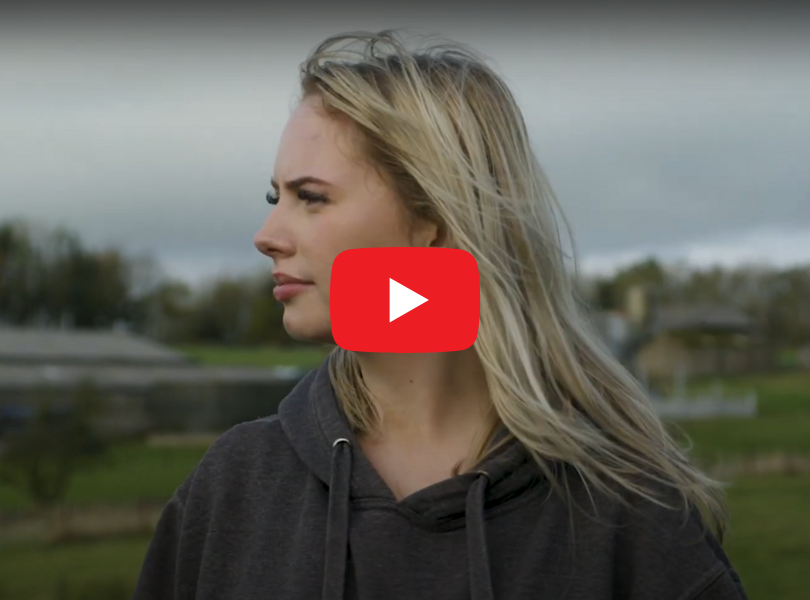
Upon arriving at Haugh Field Farm, south of the Yorkshire Dales, there is the sense that you are physically held within a windswept landscape, largely unbroken but for the county’s iconic drystone walls.
As the latest site which Jamie’s Farm Charity has launched, farm manager Mark Carnie and his family are taking the first steps to establish a thriving new home with which to welcome groups of local school children from across the north of England.
Unfortunately, however, Haugh Field hasn’t always had such dedicated hands tending to it. When the charity acquired the farm last year the heavy soils were overrun with head-high thistles and where the pasture had been left as unmanaged grazing for livestock, they had tired, becoming stale and unproductive. And yet arriving here now you are greeted by the sight of new fencing, young trees reaching above their guards, and (if you’re lucky) the distinct call of the curlew. As one of many ground nesting birds which have dramatically declined in numbers over recent decades, their call adds to the impression that something special is happening here.
Although admittedly the work to transform the landscape has just begun, Mark’s excitement to share how the farm is already proving to be both ecologically regenerative and financially profitable is contagious.
The seven kilometres of hedgerow which have since been planted, now intersect the farm’s drystone walls. They divide the once 245 acres of 10 open pastures into 25 smaller blocks so they might be grazed more efficiently, with the added benefit of windbreaks and wildlife habitat.

As an organisation looking toward the future of farming and ecological conservation, another primary focus at Haugh Field is soil health and fertility. As Mark has discovered, the soil is the point where farm productivity and ecological diversity support one another. Evidence of this is the new mix of herbal leys which have been sown.
These leys contain a rich array of 18 plant species, each of which serve a unique role. While legumes like clover fix the nitrogen necessary for new plant growth, the diversity of deep-rooting plants improves soil structure and draws up the micro-nutrients which the pastures previously lacked. Species such as chicory also help to reduce parasitic worms and sainfoin, which is protein-rich and high in tannins, proven to produce less methane than other fodder when digested by sheep and cattle.
In essence, the range of carefully selected species within these herbal leys complement each other by employing their natural properties to provide livestock with nutrient-rich forage all year round, all the while, proving beneficial to the environment.
Mark has already noticed the difference: earthworm and beneficial insect counts are up, soil compaction has been reduced, and the growth rate of grass has been noted by neighbours as outperforming even those who have been applying chemical fertilisers.


However, Mark is keen to stress that these high yields are the gains of getting the methodology right. This is a soil-first approach and so the focus remains on the soil’s health, but the results speak for themselves.
To better understand how to carry out this work, the decision to trial several different systems of establishing the herbal leys was undertaken: ploughing, discing, and direct sowing. Although what will prove most environmentally beneficial and cost-effective in the long term is yet to become clear, the approach demonstrates an attitude and sensitivity towards the land which better informs how to meet its needs.
What is being established at Haugh Field is a system of farming which is seeking to be regenerative. The aim is to replicate and work with the surrounding ecology so that through its regeneration, the farm and the land are each feeding back into the other.
Alongside the hedgerows, over 2,000 additional trees have been planted as copses, while less productive ground is being allowed to establish areas of meadow and mixed sward length, creating an ideal habitat for Haugh Field’s resident hares and ground-nesting birds.
These wildlife areas are connected by corridors, some of which follow the old drovers’ tracks – once used to move livestock – so that the farm will eventually be connected by an unbroken network, allowing for the free movement of wildlife. The repurposing of such droves exemplifies how the charity is gifting the farm and land alike, another lease of life.
Anecdotally, a neighbouring farmer told Mark his farm once provided sightings of over 60 lapwings in a single day. Thirty years later, he says, you are lucky if you see one. Here at Haugh Field, however, their numbers are already increasing, and pairs can often be seen presumably benefiting from the greater number of worms to which the soil is now host. And as Mark reiterates, the true transformation is yet to come. Plans for a wetland are also being made alongside the Ribble Rivers Trust and this winter a mixed orchard of modern and heritage fruit trees is to be planted, the pollination of which will be aided by beehives, moved onsite earlier this year.
Stepping back to take in this vision, it is clear that nestled in these sweeping dales, Haugh Field Farm will soon be unrecognisable, but that its story – a story of ecological transformation – will continue to be carried by the voices of the young people who visit. Indeed, as the hedgerows establish themselves further, their flourishing will be a living testament to the notion that farming can enrich the landscape. And that when it does, it does so by enriching the lives of all.
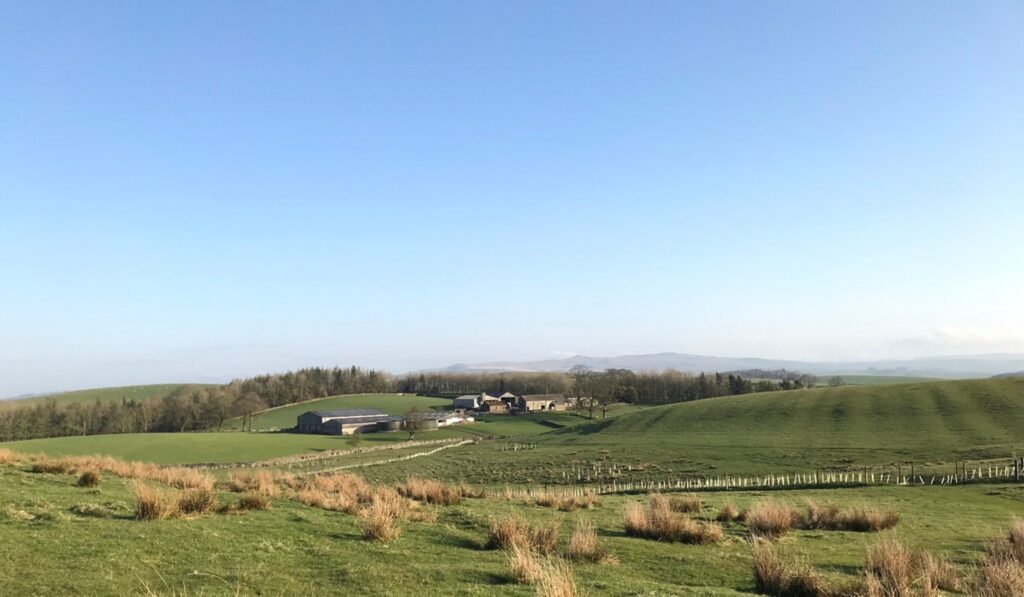
Written by Rob Carnie
